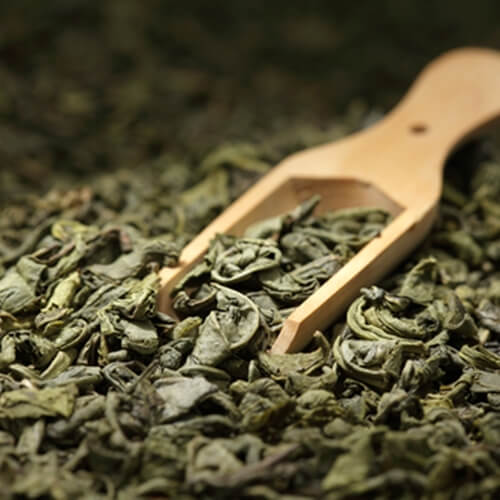Tasting Tea: The Beverage That Will Soon Be Eaten
Tea is a popular beverage that’s been around during most of recorded history. Its popularity began in the east, where it’s grown in countries like China and India. Europeans began sipping tea when imperialism brought the drink west. Colonials brought tea to the Americans in the age of exploration. Now people all over the world drink the popular beverage, which has been linked with a number of health benefits. According to National Public Radio, tea is about to go on another journey, this time appearing as an edible component in food.
Where you’ll see it
NPR’s 2014 trend prediction states that tea isn’t just for drinking anymore as you’ll find it in entrees and desserts. Cocktails will also feature tea. With so many varieties of tea available, there’s no limit to the kinds of dishes you can dream up. Consider steeping the leaves and using the drink as a sauce base, or incorporating the plant itself by making a crust. Pick up loose-leaf tea to experiment with the skills you learned from taking online culinary courses.
Defining tea
Before you start using leaves in your culinary creations, you should know what is considered tea. Tea comes from the plant genus, camellia sinensis, which is grown, harvested and processed into the variations of that you see on shelves. Only teas made with this plant are actually “tea.” Herbal, mate or rooibos are both made with different plants but are commonly categorized as tea. The popular use of the word, tea, refers to any hot drink made from steeping plant leaves.
Tea production
White, black, oolong and green teas are all made from the camellia sinensis plant. They get their distinct flavors from the process they go through after being picked.
White: White leaves are produced from buds, which are picked early in the plant’s life. They go through the least amount of processing as they are only steamed and dried. White teas are light in flavor and should be steeped at a low temperature (175 degrees) so that they do not burn.
Black: Black tea, on the other hand, has a rich taste that develops once the leaves have been withered, rolled, fermented and then fired. These leaves are prized for their complex flavor profile.
Oolong: Oolong leaves are bruised by shaking after being picked. Only the bruises oxidize and ferment, creating a semi-fermented leaf. Finally, the leaves are pan fried.
Green: Green leaves are either roasted or steamed, then rolled and dried. Green tea has an earthy flavor perfect for pairing with food.


